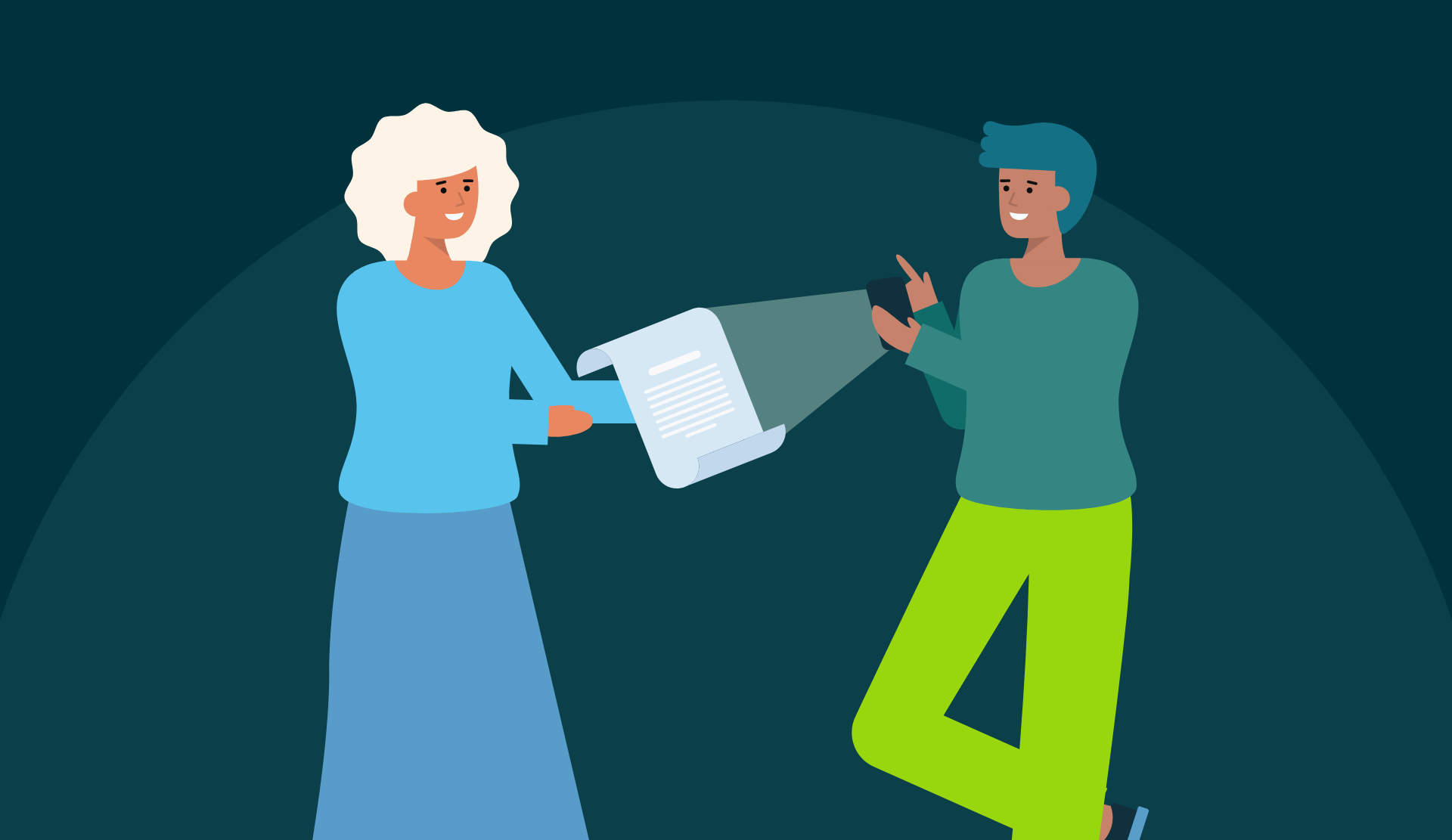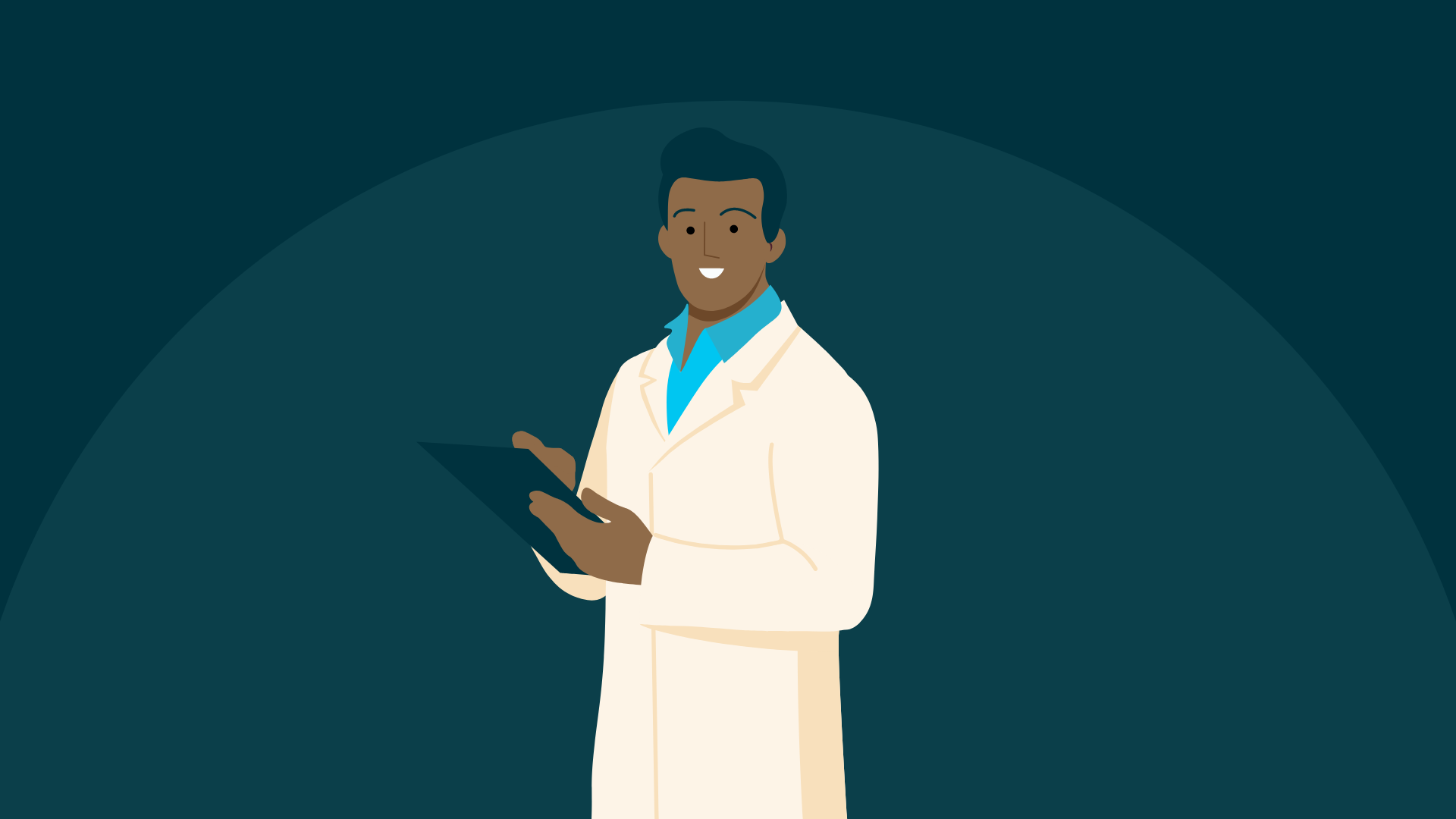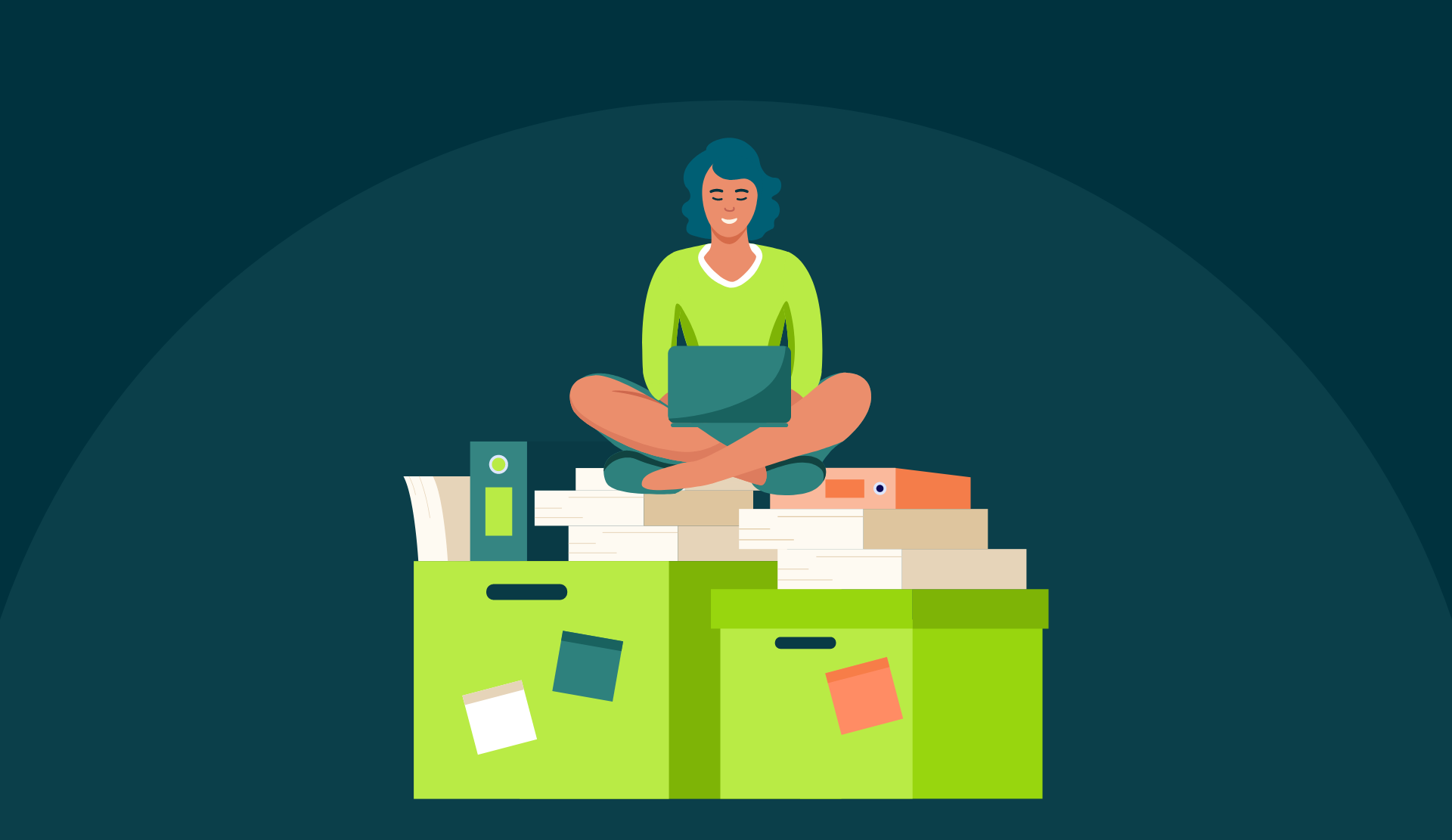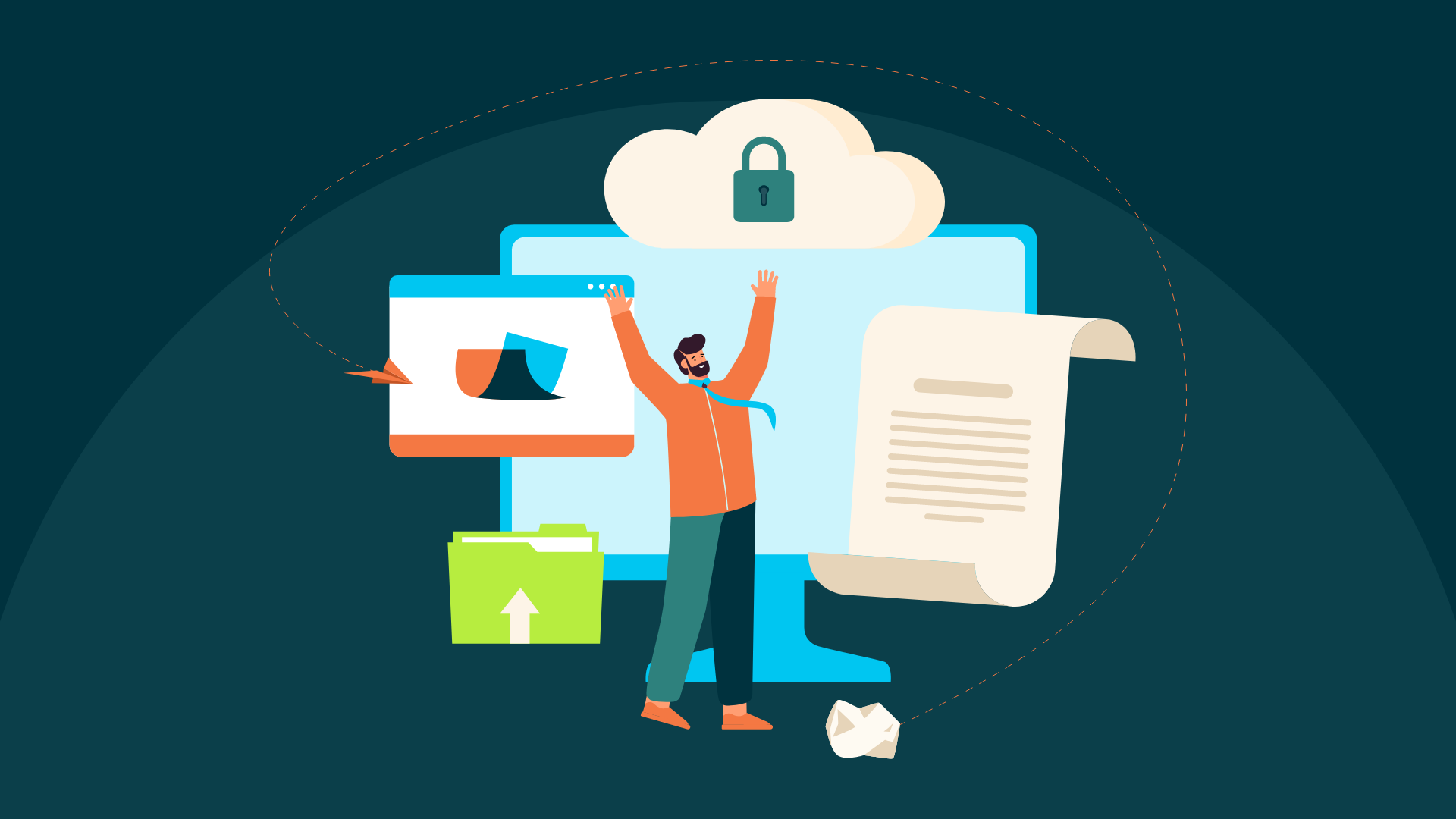What is Optical Character Recognition?
Machine-readable text
OCR stands for Optical Character Recognition. It is a technology that can “read” and convert text from the image of a document into digital text. OCR is based on Artificial Intelligence (AI) and machine learning. It is used to index, search, edit or use the text in machine processes.
State of the art
Over the last few years, we have seen a sizeable increase in the number of platforms, tools and applications using OCR. Statista expects global revenue from the AI market to increase from 482 billion dollars in 2018 to 3,061 billion dollars by 2024. The neural network software market is expected to expand to over 22,5 billion dollars in the same period, at an annual growth rate of over 30%.
This is because AI applications have gone beyond the IT concept. They are influencing operations in healthcare, manufacturing and the legal industry among others. AI-related initiatives are popping up across the board. This is evidenced by the cooperation between industry giants AWS, Facebook and Microsoft to build the Open Neural Network Exchange (ONNX).
The AI market is expected to grow twentyfold by 2030, up to nearly two trillion U.S. dollars.
As a key member of the European FinTech market, Mobilexpense makes this technology available to our valued customers. We joined the OCR revolution in its infancy and have been working to improve our offering ever since. We want our customers to save more, optimise their efficiency, and focus on what matters - all with the help of OCR.

How OCR software works
Machine-readable text documents
Earlier iterations of OCR software involve rules and templates to “teach” the software to capture and recognise data by comparing it to a stored glyph, pixel-by-pixel. This “pattern matching” can be performed by neural networks. However, this type of software works best for making machine-readable text documents out of typewritten text and offers little flexibility.
Modern OCR software breaks up glyphs into “features” including lines, loops, intersections and directionality. These features are then compared to those of stored glyphs to identify the nearest match. More advanced software performs a second pass or “adaptive recognition”. This uses the shapes recognised in the first pass to increase recognition of the remaining shapes.
Machine learning and neural networks further help increase accuracy.
Machine learning is an application of artificial intelligence in which a model obtains data that is then fed back into the model, improving it over time. Providing a “dictionary” from which the words are most likely to come improves the accuracy of OCR. Neural networks perform these tasks thanks to their pattern recognition capacities and their ability to learn and make decisions
Day to day applications of OCR
Cloud-based OCR service
OCR has matured into finding real-world applications it excels in. Thanks to the power of the cloud, companies are leveraging OCR machine learning to come up with smart and scalable solutions to existing challenges.
Higher-end OCR software
In banking, higher-end OCR software was first used to archive client data and process cheques with high accuracy and a reduced turnaround. It has now grown beyond this by helping to reduce instances of fraud. OCR helps identify forgery and spot problematic information in credit card, loan or other applications.
According to a report by Celent, machine learning is used to analyse credit applications that later defaulted to identify risk-predicting factors. It is further used to compare transactions to known proper and fraudulent transactions to assess whether the transaction should be cleared or flagged.
The banking, legal and healthcare sectors are taking OCR out of the experimental world.
In the legal and healthcare sectors, OCR is part of the drive towards paperless institutions. Digitised documents are easier to index, store, search through and create automated reports from. Statements, wills and affidavits but also medical data are digitised thanks to OCR.
The advantage of OCR with Mobilexpense
Mobilexpense extracts the best of these technologies for the benefit of its customers in expense management.
After first making OCR available to our customers in 2017, we have sought out new, better providers and sealed partnerships to help us harvest even more of the power of OCR and AI. We aim to revolutionise travel and expense management with a user-centric approach that will help our users save more time and money.
Most people type at speeds of between 35 and 40 words per minute. OCR data entry is almost instantaneous.
OCR apps
With our OCR-powered mobile apps, users snap a picture of their receipts and forget about them. Our OCR solution extracts the payment information and creates a draft expense line in just a few seconds. This saves our users on average 50% of their time spent entering expenses. Scanned documents are easily attached to the expense and stored for later use.
Mobilexpense users spend 50% less time on their expenses.
With accuracy rates hovering above the 99% margin, our users spend up to 95% less time controlling expense data previously captured by OCR thanks to our automated control tool. In comparison, Bloomberg stated in 2015 that up to 27,5% of U.S. businesses reported manual data entry errors, costing them billions in tax penalties.
The above translates to a 65% saving on processing costs by replacing many man-hours of data entry and control with OCR. The increased insight we provide our customers into their spending and travel also allows them to save an average of 15% on their travel and expense management budgets.
Summing up
The uses for AI and OCR machine learning range far and wide and will keep growing. This is made clear by the increasing number of companies dedicating resources to AI.
Our apps are one of the best examples of harnessing these technologies to help simplify people’s lives, allowing them to focus on what matters. While we do not believe that machines will be replacing humans in the near future, we are intent on using their capabilities to improve our users’ daily lives.

Share this
You may also enjoy
these related stories

Digital Expense Management: ROI and Making the Right Choice

10 Questions: The Best Ways to Manage Expenses in Healthcare

Your Guide to SAF-T Compliance: Why it Matters for Expense Reporting


